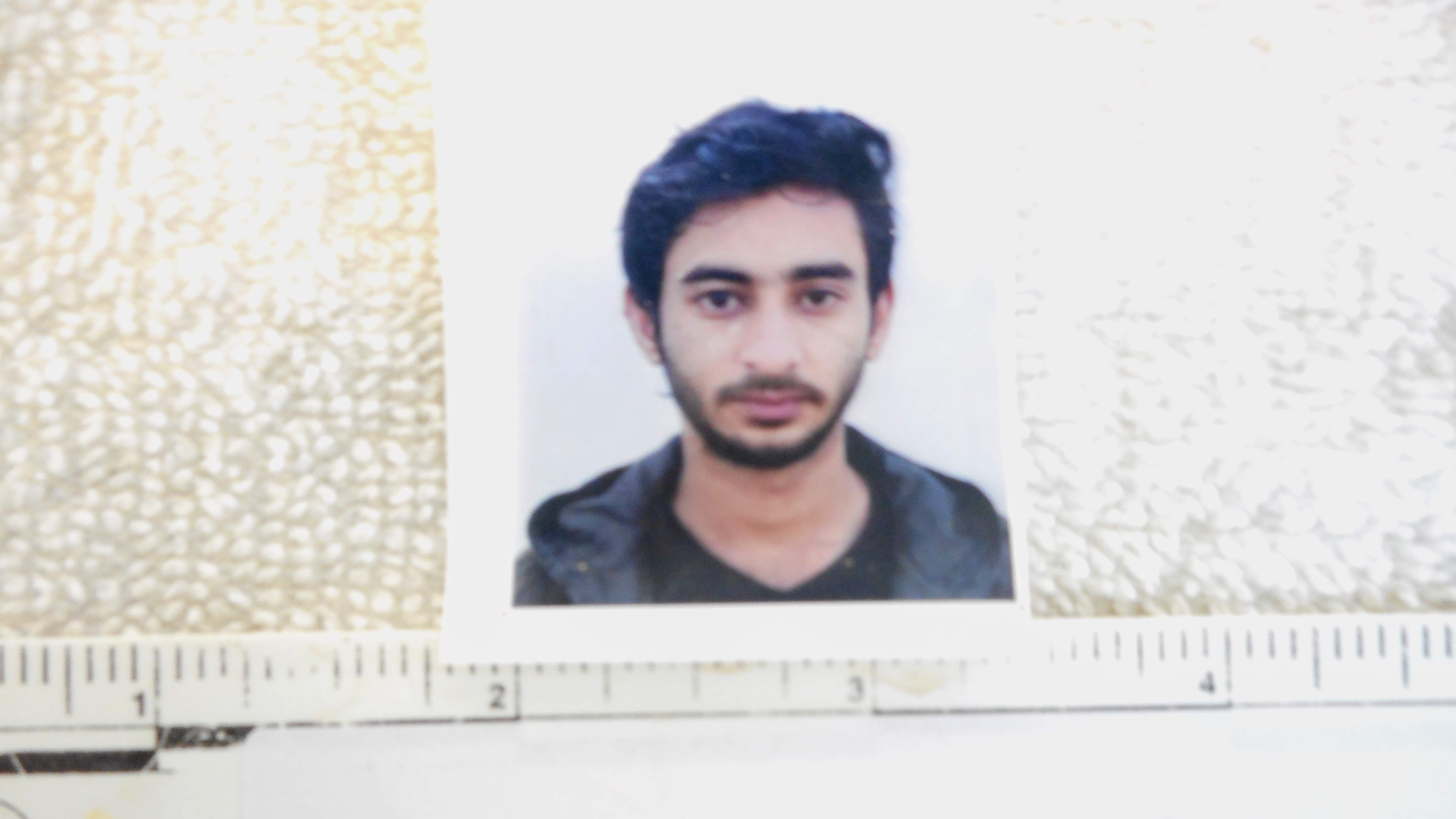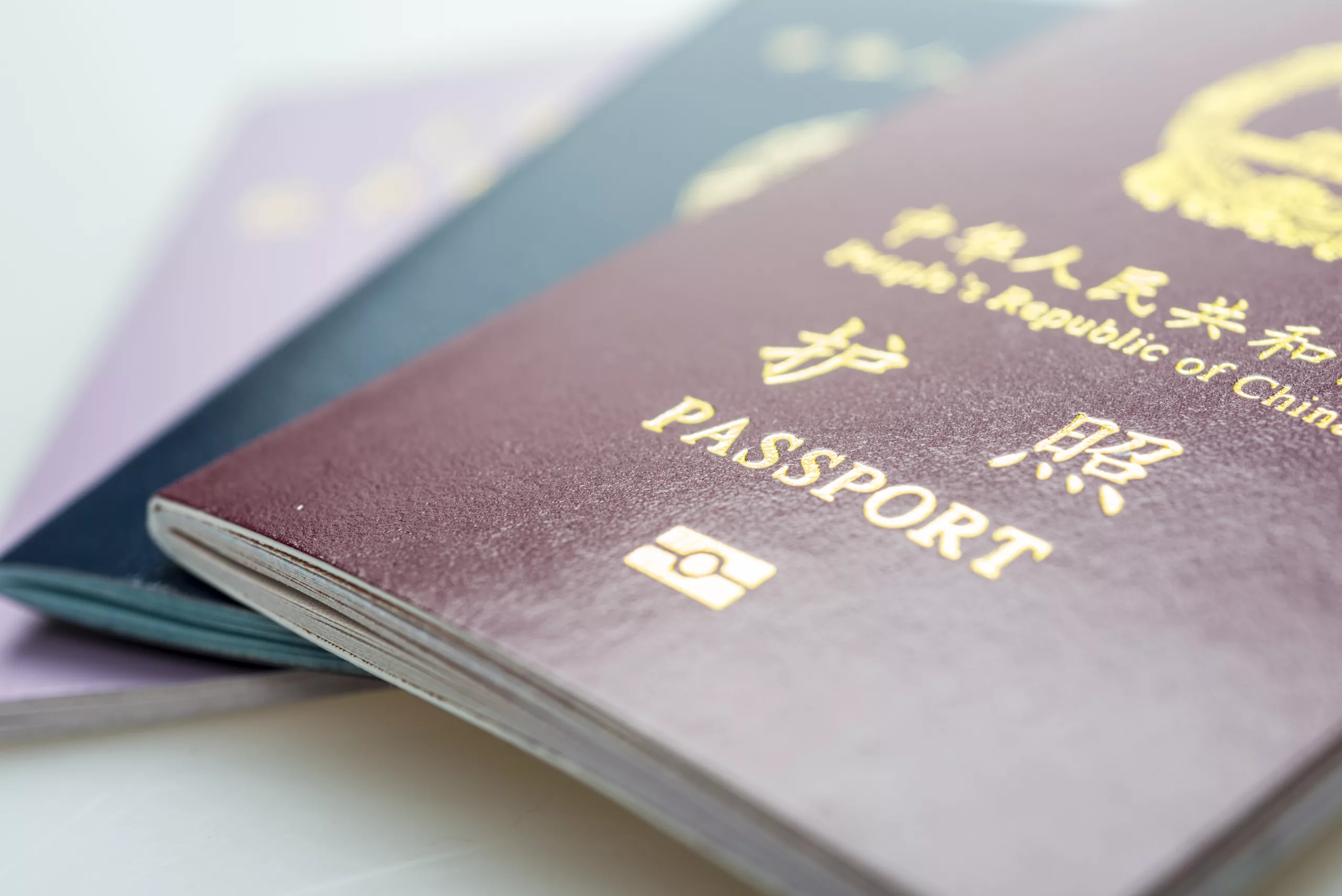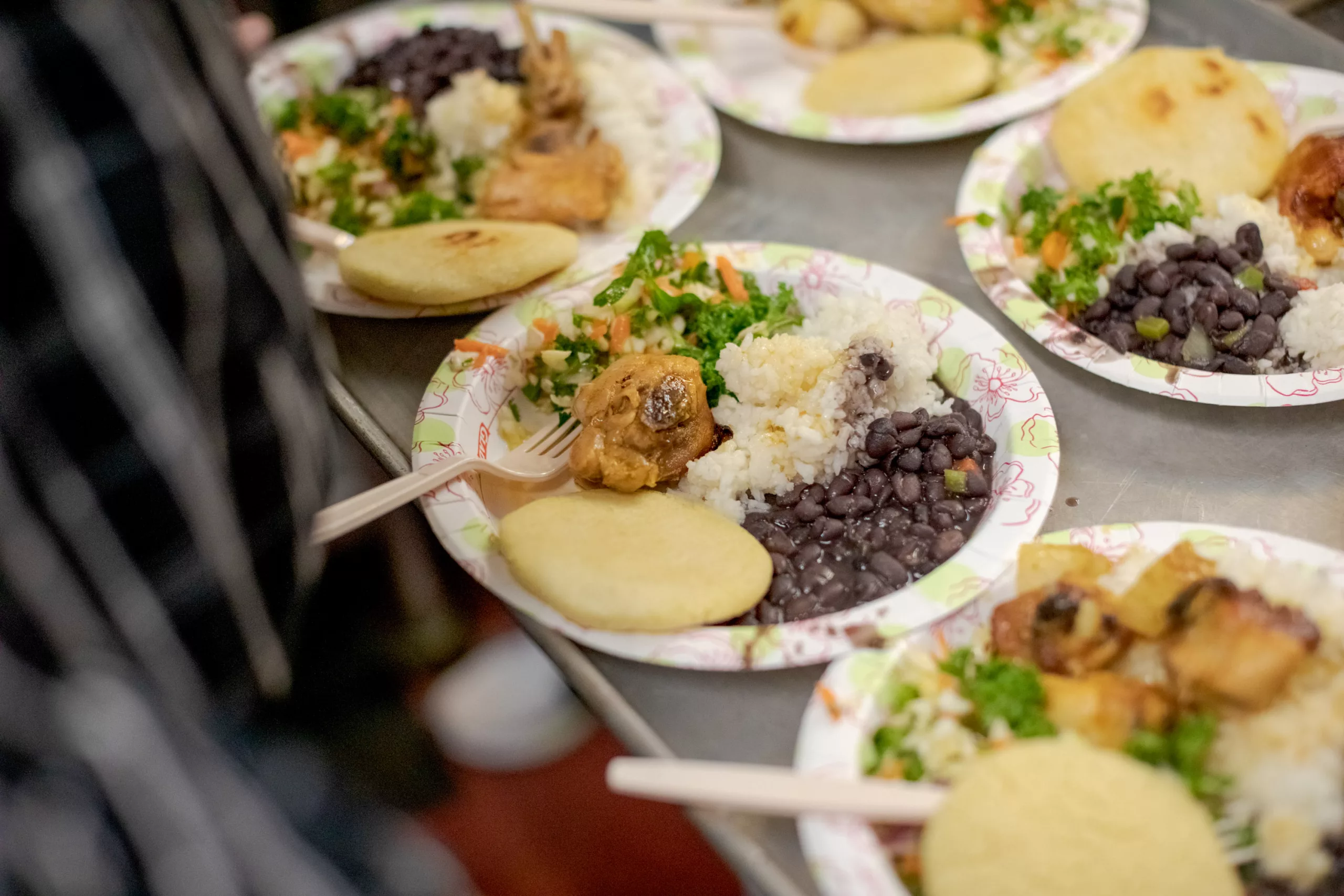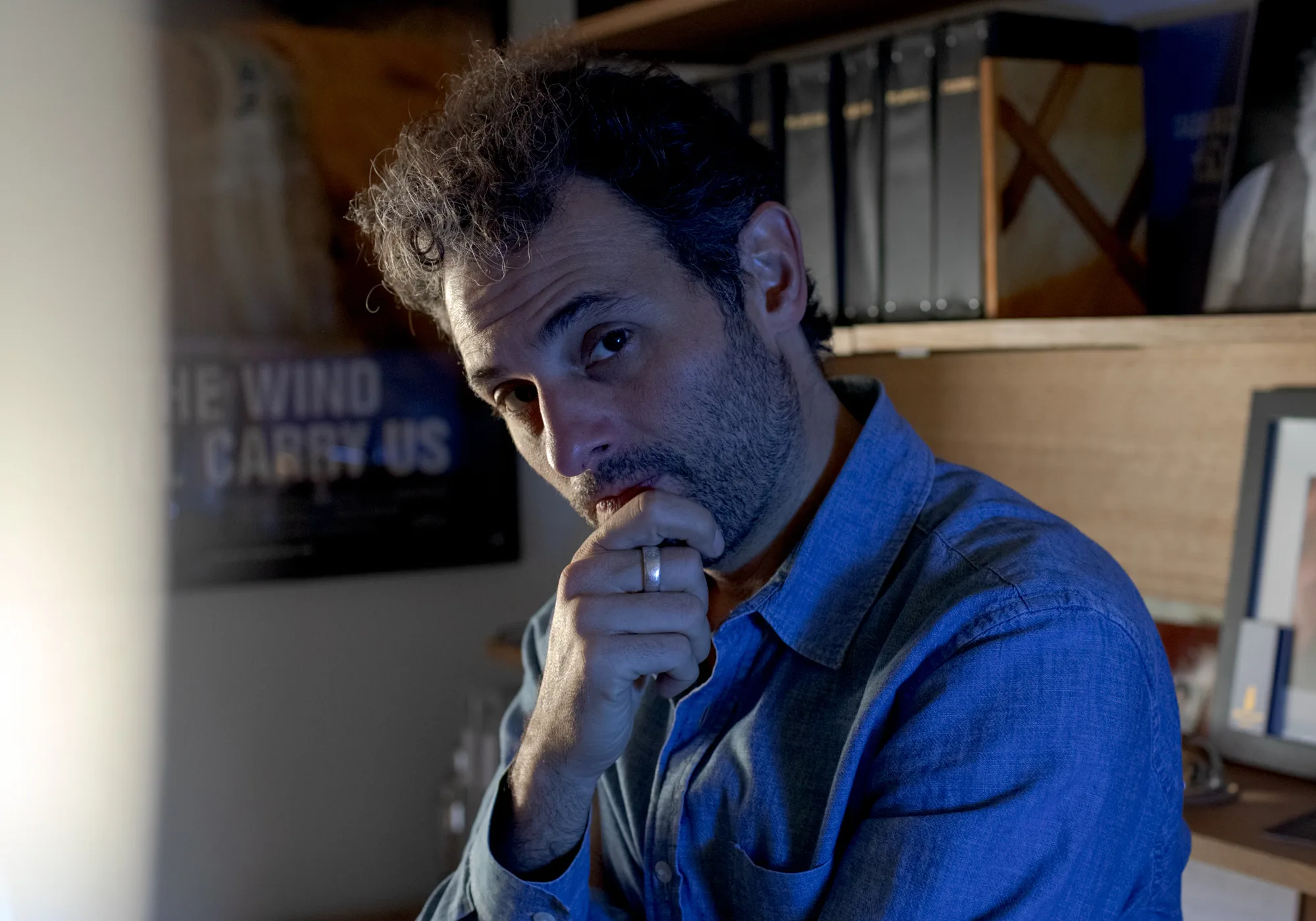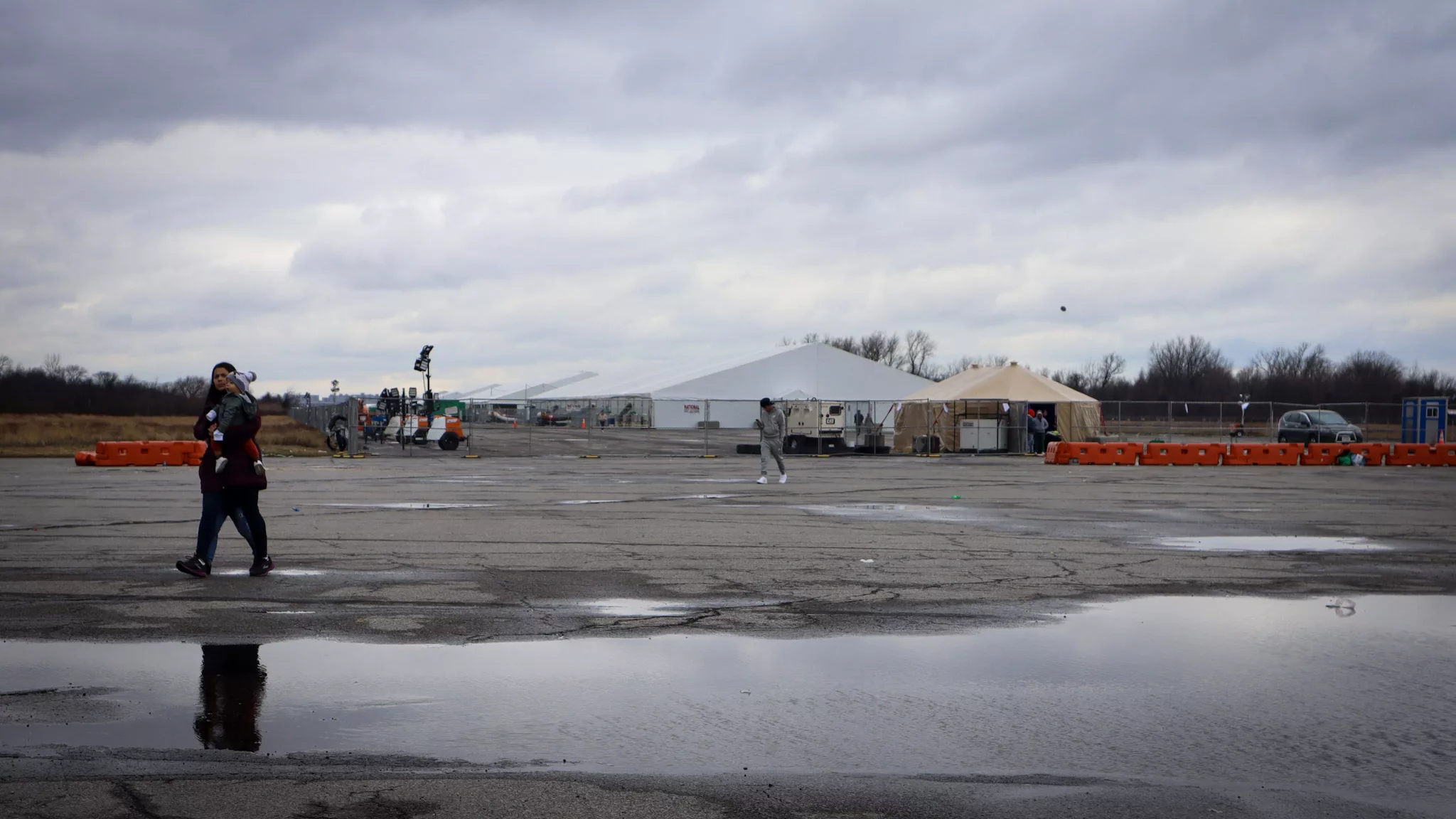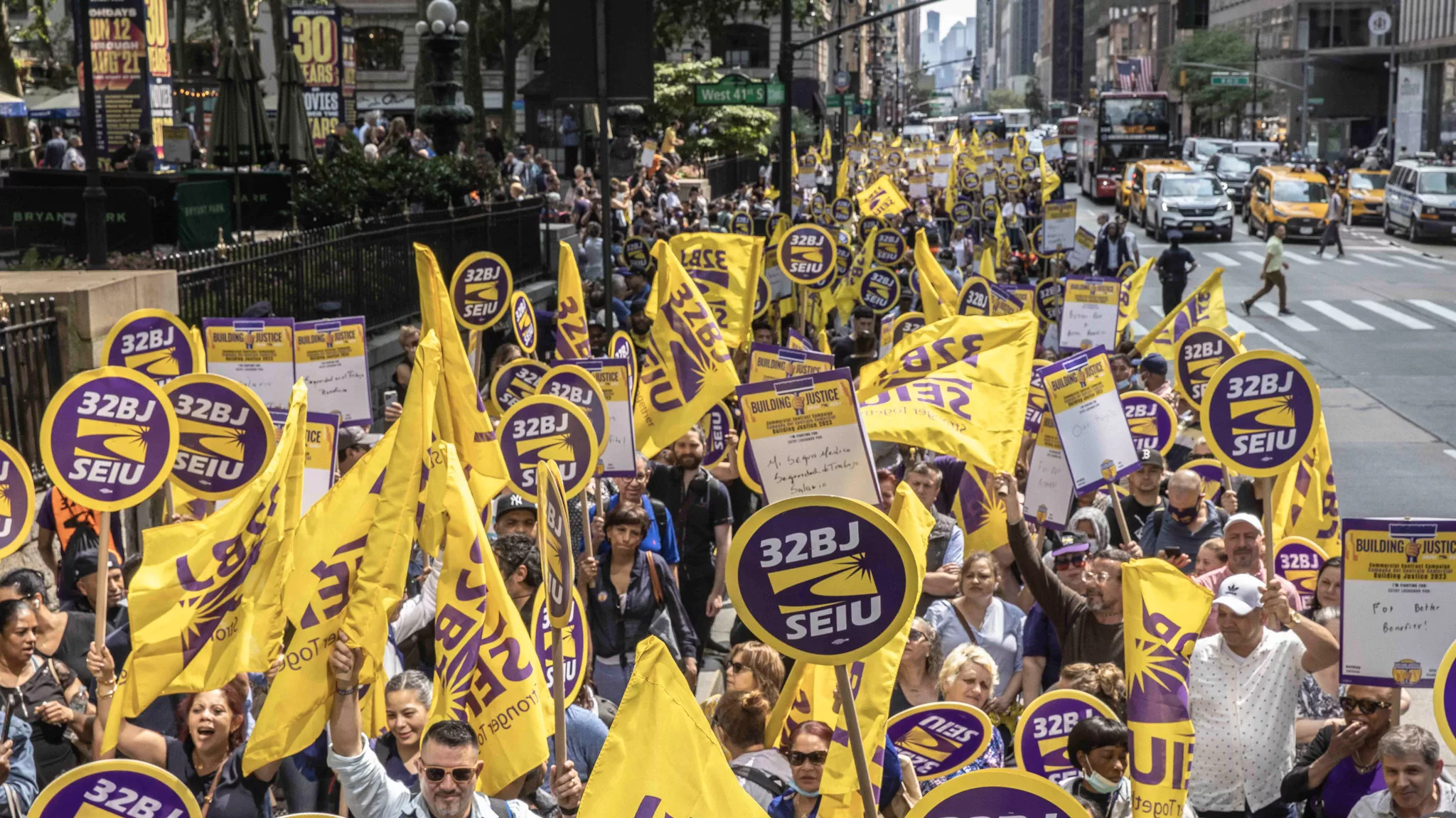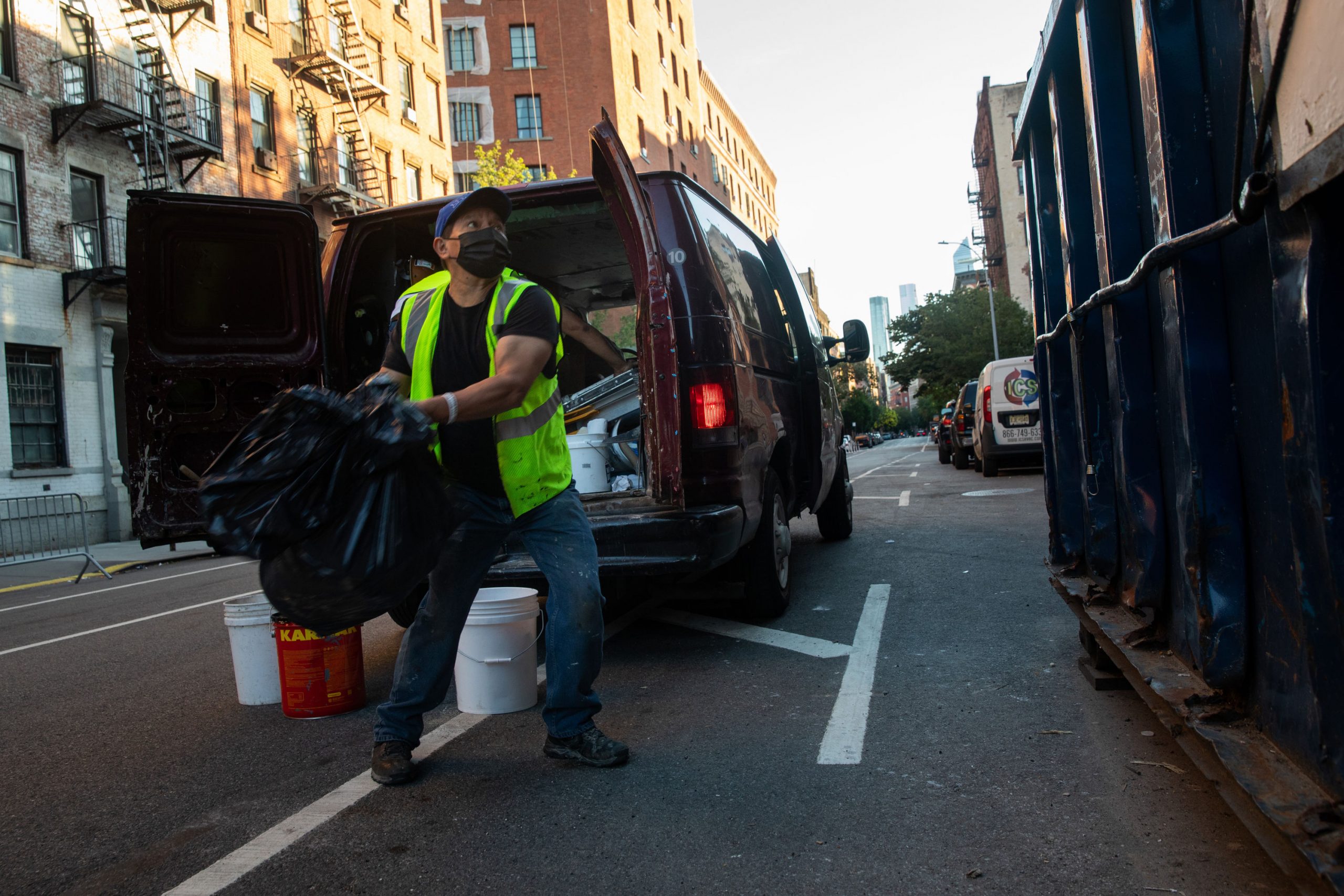Two young men dropped into the murky waters of the Rio Grande near Laredo, Texas.
With them were about a dozen other people, all migrants from around the world. One by one, they swam across the river to the United States. From bank to bank, the Rio Grande can be just a few hundred feet wide, but it can have a swift current.
Days later, the two men were found dead on the banks of the river.
One carried a disintegrating document issued by the Mexican government that signified he had crossed the Guatemala-Mexico border. Between them, the medical examiners found scraps of paper with phone numbers on them and words written in Bengali script.
The Webb County Medical Examiner’s Office in South Texas processed the case. Dr. Corinne Stern, chief medical examiner for the county, and her staff, meticulously photographed their clothing and belongings. From the scant clues, she was able to piece together that they were likely from Bangladesh.
She called Kazi Fouzia, an organizer with Desis Rising Up and Moving, a small but active community organization in Jackson Heights that works with New York City’s South Asian community. With the number of migrant deaths at the southwest border increasing, even as fewer people attempt the crossing, an informal network of medical personnel and organizers like Fouzia has been tasked with investigating who the unknown dead are.
By the time the two bodies were brought to Stern’s office, Fouzia had already helped to arrange the delivery of the body of a Bangladeshi man who died attempting to cross the Rio Grande in 2017. Perhaps, she could help find out who these two young men were.
Fouzia was deadpan and dressed colorfully as she recounted her dogged investigation in the cramped office of D.R.U.M. She was a community organizer in Bangladesh before moving to New York to work as a designer and seamstress in 2008. She couldn’t give up organizing work and joined D.R.U.M. in 2009.
After receiving the news from the medical examiner, she put out an open call on social media. She placed items in local ethnic media and Bangladeshi news sources to help figure out who the young men were. She had little to go off: a passport photo in one of their pockets and the few phone numbers.
Fouzia was lucky: within two hours, she got a phone call. “That is my cousin,” the person said.
Shahadat Hossain Nayem and Mainul Hasan started their journey in Noakhali, Bangladesh, a southeastern district of the country. It’s an area with an active human trafficking industry, Fouzia said. Traffickers charge tens of thousands of dollars to ferry people from the region to South America or South Africa and then up north, by land, sea and air, to the United States. Most men their age flee from political violence or lack of jobs, Fouzia explained.
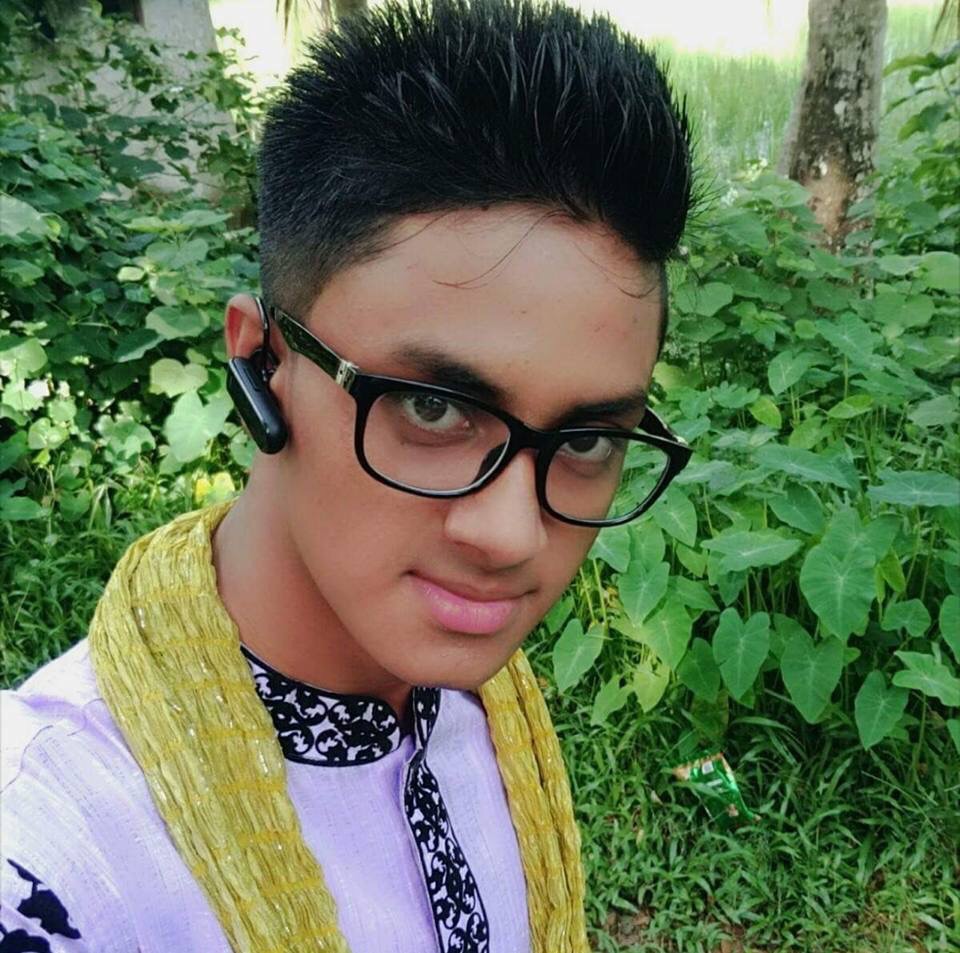
Nayem, 18, and Hasan, 21, encountered about a dozen traffickers during their journey, Fouzia said. Nayem crossed through an Ecuador jungle, traveling with a trafficker. Same for Panama. Hasan flew from Bangladesh to South Africa, then on to Mexico. He traveled from his home with the help of two different traffickers.
They were headed to New York to search for jobs and start new lives. They had paid $30,000 each for the journey, Fouzia later learned. Hasan and Nayem never knew each other in Bangladesh but met on the migrant trail in Mexico.
Other border crossers described a similar situation to Documented. Yousef is from Pakistan where he is part of a religious minority. He fled the Federally Administered Tribal Area after narrowly escaping a suicide bombing. He paid $20,000 to get to the United States, he said. His brother helped secure the loan and put down collateral. They will now have to pay the traffickers the loan plus 30 percent interest, Yousef – which is not his original name – said. His brother has had to make sacrifices to be able to pay back the loan.
“He sold his own land,” Yousef said. “Now, I’m working for that [money].”
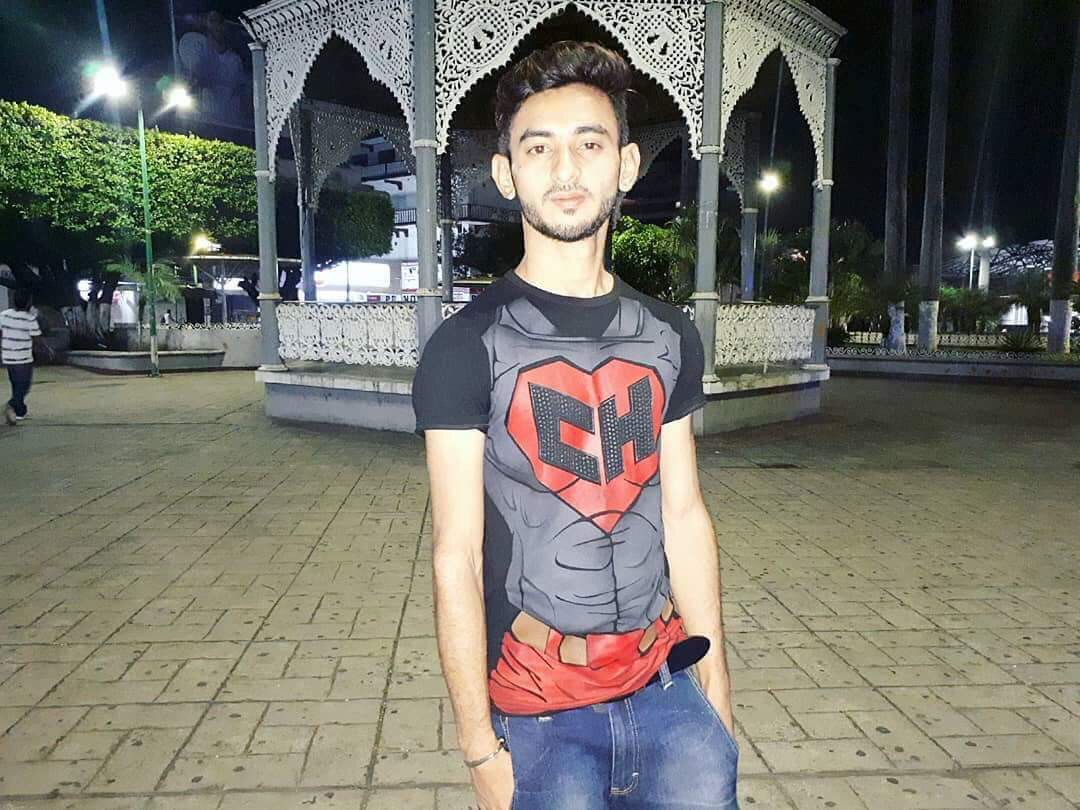
After Hasan and Nayem’s bodies were identified, Fouzia began the process of collecting photographs and medical records to prove their identities to the Texas coroner, so the authorities could release their bodies. Eventually, Webb County passed the bodies off to a Muslim funeral home, which handled the transportation to New York.
Fouzia says their deaths are partly due to the Trump administration’s increasingly hostile border policies.”They push people to more dangerous parts [of the border],” she said.
Data shows that fewer people are either getting caught crossing the border or attempting to cross, but more people are dying. In 2017, the number of border crossing deaths rose about 4 percent, while the number of people arrested while crossing plummeted 44 percent, from 611,689 in 2016 to 341,084, according to the International Organization for Migration.
On the U.S. side of the border, the Border Patrol collects corpses and brings them to a medical examiner to try and figure out who they are. “We never heard of dead bodies sent back home from Mexico,” Fouzia said. Border crossers told her of the dead bodies they saw during the trip north.
回美证:计划长期出境旅行的美国合法永久居民的必要证件
The boys were planning on working for the $30,000 they borrowed to pay off the traffickers. Now, their families will shoulder the burden of the debt. Both men were their parents only sons.

Shortly before he crossed, Hasan posted on his Facebook page somewhere in Mexico. “I wish I could be Spider-Man and I could just cross the river and go to my dreamland,” he wrote.
On about May 9, they crossed the river. Their bodies were found May 12.
“I’m tired. I’m really a mess, but I’m not going to surrender,” he wrote in another post. “I will reach my dreamland. It’s not very far.”
